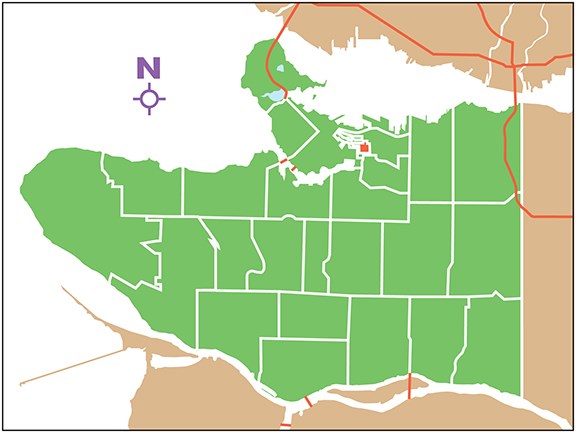Chinatown, loosely bordered by Hastings Street to the north, Georgia Street to the south and Taylor and Gore Streets to the west and east, pre-dates Vancouver and contains the best and worst of the city’s past.
Because Chinatown — touted as Canada’s largest — is often lumped in with surrounding neighbourhoods, it’s difficult to define the area’s demographics and population. The City of Vancouver cites Chinatown’s current residential population at approximately 1,400, while other sources say it is closer to 24,000.
Surveys suggest 40 per cent of its residents identify as Chinese. Most are of working age, earn a household income of approximately $51,000 and live in rental apartments.
What is clear is that Chinatown has a rich and complex history in “Saltwater City,” the name given to Vancouver by early Chinese immigrants.
Chinatown’s first residents were labourers, farmers and merchants, many of whom moved south looking for jobs after finishing the backbreaking work of building the Canadian Pacific Railway.
Chinese-Canadians, and later their children, faced racist social, immigration and government policies, which kept Chinatown an isolated pocket for much of its history.
By 1961, its population was 15,223 and it was home to many Chinese-Canadian run businesses, including seven nightclubs —more than any part of Vancouver.
The community banded together often throughout its history, most notably in the late 1960s to successfully fight an eight-lane connector that would have taken historic East Pender with it.
But there were losses for the community. The ’60s and ’70s saw further government enforced “renewal” plans that resulted in the displacement of approximately 2,300 Chinatown residents.
The ’80s and ’90s saw a boom in immigration, but a decline in the number of Chinese-Canadians choosing to live in Chinatown as Richmond became the hotspot for Asian food and culture. Frustrated Chinatown merchants blamed city-zoning restrictions for hindering growth in the area.
There has been concerted efforts by government and community groups to revitalize and develop the neighbourhood, but some are left wondering what is lost in the process.



